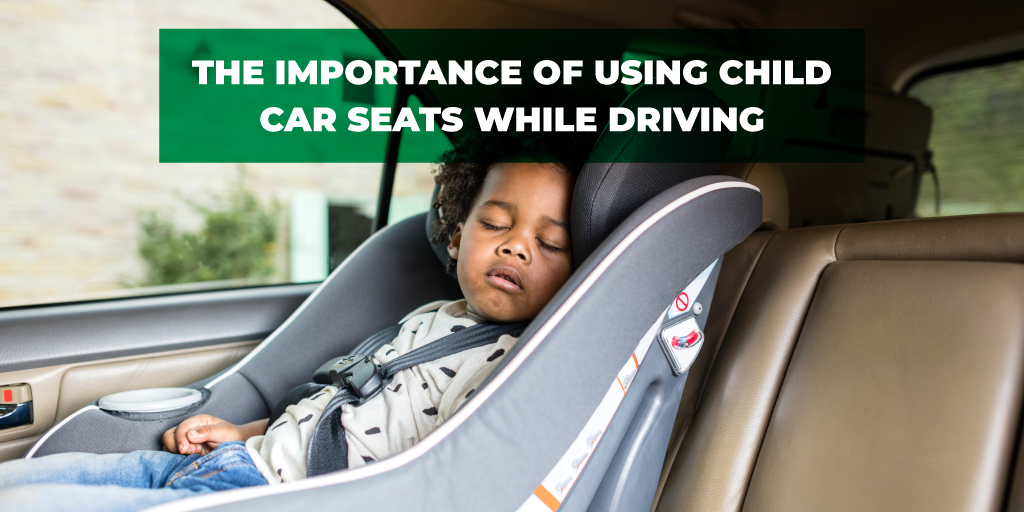Car Seat Safety
Car seats are an extremely important car accessory. Every parent needs one in their cars. It offers much-needed protection to your child while in the car. It greatly reduces the risk of a potentially fatal injury, especially for babies but also for toddlers.
Many safety seats are used incorrectly. When choosing any car seat, following some general guidelines will help ensure your child’s safety.
Car seats vary in terms of size and cost, however, most are designed to offer maximum safety in case of an accident. When you purchase a car seat, it comes with fitting instructions that are easy to follow. If you have difficulties installing one, most retailers will gladly assist you to fit it correctly.
Choosing The Right Car Seat

In Kenya, you can get a proper car seat from most supermarkets, car accessory shops as well as online retailers. You may also purchase second-hand car seats but you need to be careful as some may have already been involved in a crash or have missing tethers.
If you accept a used seat from friends or family, research about the seat online for fitting instructions and if the seats have had any recalls. Sometimes recalls are quite common, and the manufacturer might be able to provide you with a replacement part or new model.
Infant-Only Seats (Birth to 16kilogrammes)

Infant-only seats fit newborns and smaller infants best. You will have to buy another car seat as your baby outgrows it. Infant-only seats are designed to protect babies from birth until they reach up to 16 kilogrammes, depending on the model.
Infant-only safety seats are convenient because they’re designed to double as carriers, chairs, or rockers when not used in the car. Many models detach right from the base, letting you leave the base installed in the car. Some can be clicked into strollers to be wheeled around.
Convertible Seats
This kind of seats are designed to protect kids from birth up to at least 18 kilogrammes facing backwards, and up to 30-36 kilogrammes facing forward, depending on the model.

Forward-Facing-Only Car Seats (Up To 36 Kilogrammes)
Forward-facing car seats are designed to protect children from about 10 to 36 kilogrammes or more, depending on the model.
All kids who have outgrown the rear-facing height or weight limit for their car seat should use a forward-facing car seat with a full harness for as long as possible. They should only switch to a booster seat that relies on the car’s adult seatbelts when they exceed the height and weight limit for their forward-facing car seat.
Conclusion
Once a child has attained 12 years of age, their collar bone can now handle impact stress generated by the seat belt with ease and reduce potential injury with the airbag (both front and side).
The combination of car seats, safety belt and airbags mitigate injury from children and should be used as required.
